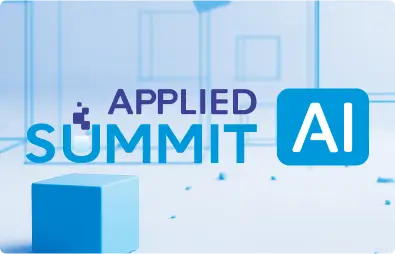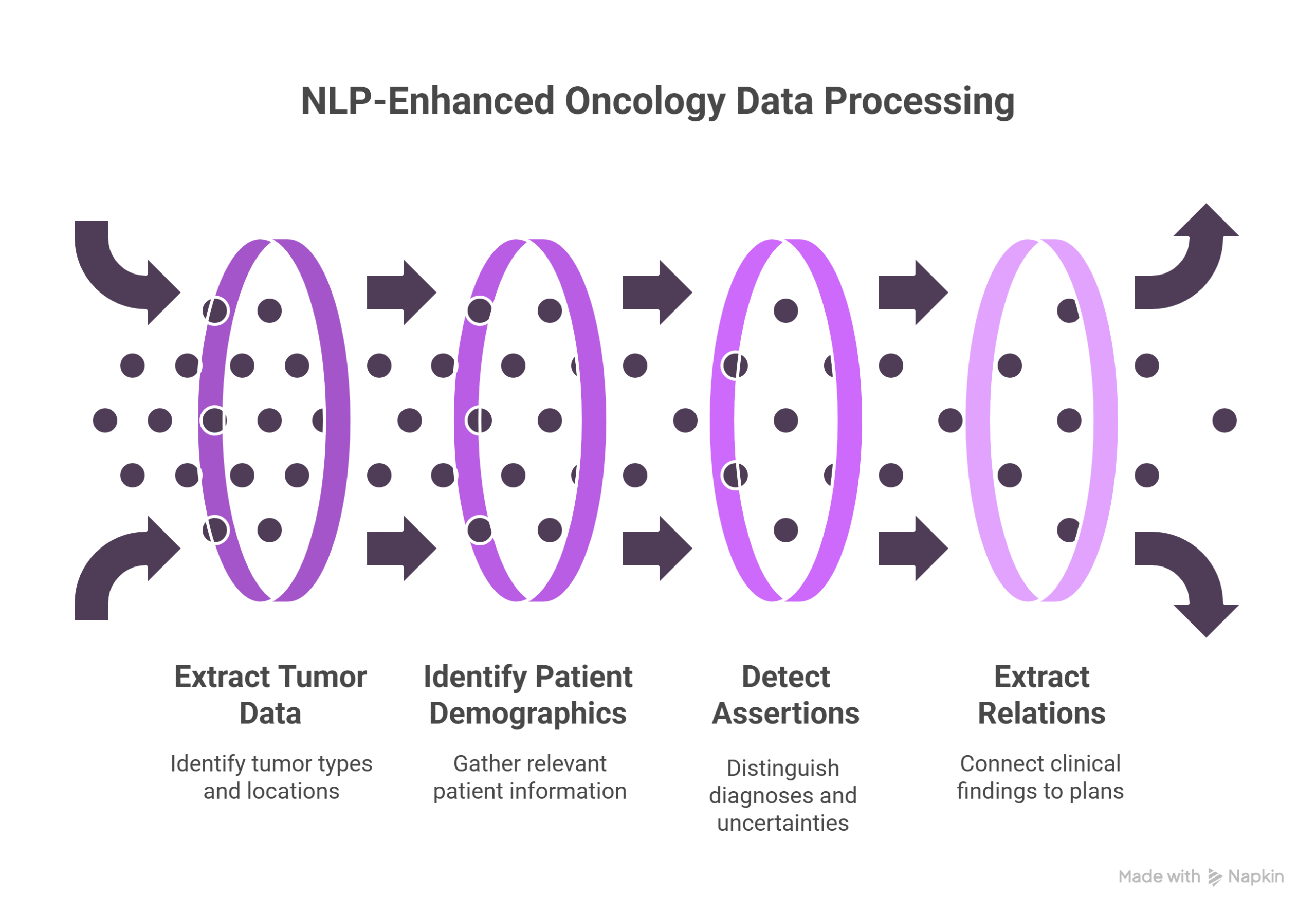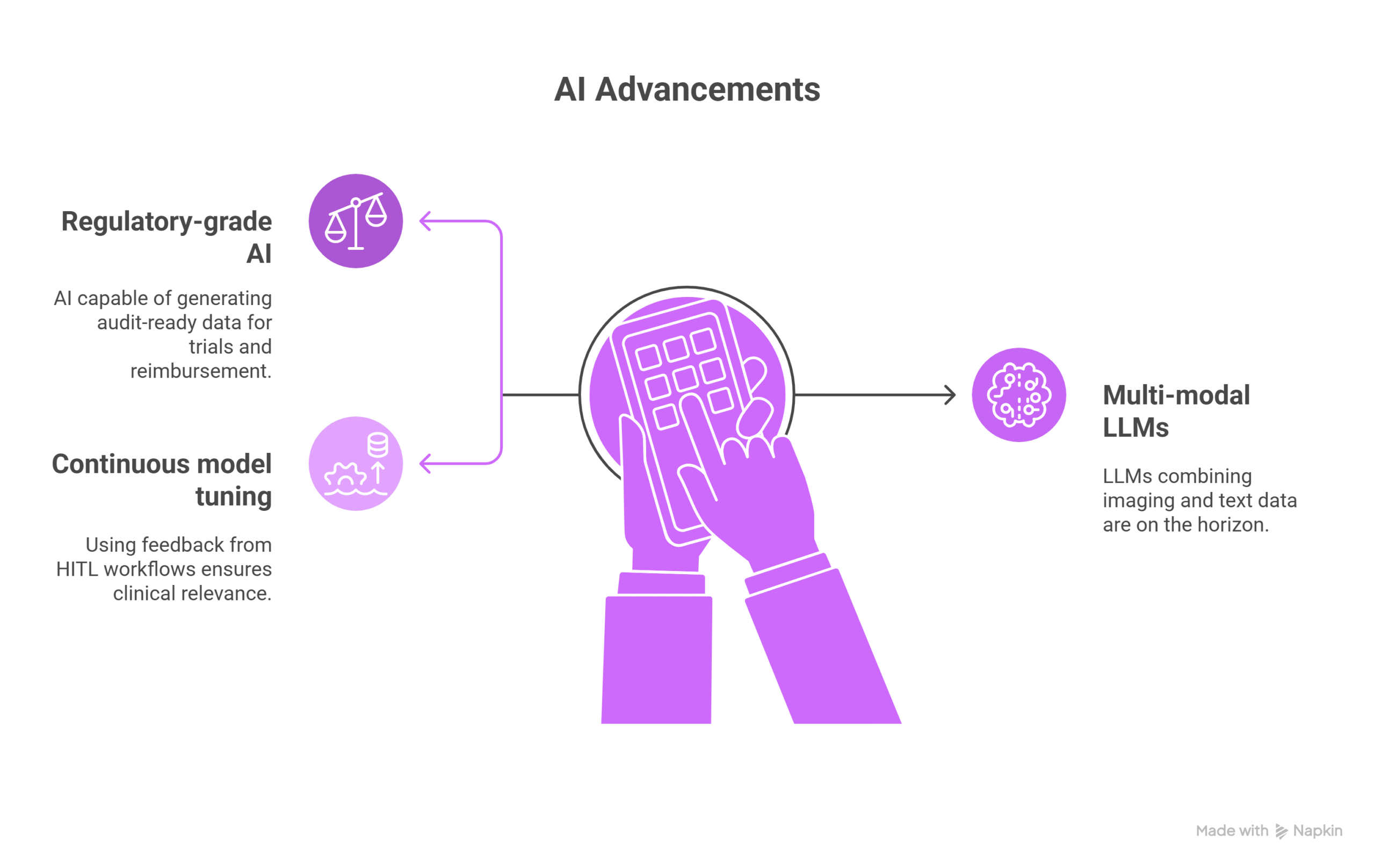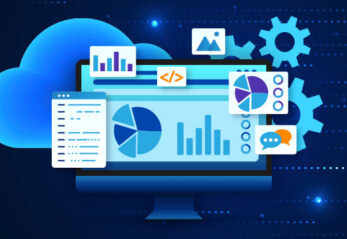How are Language Models transforming oncology care delivery?
Natural Language Processing (NLP) and Large Language Models (LLMs) are reshaping oncology by turning complex, unstructured clinical data into structured, actionable insights. With cancer care requiring nuanced interpretation of patient records, pathology reports, and biomarker data, these technologies offer a scalable way to streamline workflows, enhance diagnostic precision, and support personalized treatment strategies.
The oncology domain is uniquely complex, with heterogeneous data formats and critical decision points spread across reports. John Snow Labs’ Healthcare NLP and LLM libraries are designed to tackle these challenges, enabling organizations to harness cutting-edge language models tailored for medical use.
How is oncology data analysis improved with NLP?
In oncology, valuable clinical information is often locked in free-text notes. Language models such as Named Entity Recognition (NER) and assertion detection allow systems to automatically identify and verify key elements in these texts.
Key use cases include:
- Extracting tumor types, anatomical locations, and metastasis sites from pathology reports.
- Identifying patient demographics and co-morbidities crucial to oncology trial eligibility.
- Using assertion detection to distinguish between confirmed diagnoses, exclusions, and uncertainties.
- Applying relation extraction to connect clinical findings, such as linking tumor markers to treatment plans.
These capabilities enable providers to transform narrative reports into structured formats, accelerating analytics and decision-making. Read more about Extracting Oncology Insights with John Snow Labs’ Medical Language Models
How do language models support biomarker detection in oncology?
Biomarkers are essential in guiding cancer diagnosis, staging, and therapy decisions. However, locating and interpreting biomarker mentions across lengthy clinical narratives can be time-consuming.
John Snow Labs’ information extraction AI models automate:
- Detection of biomarker mentions
- Linking results to their respective tests, dates, and treatment implications.
- Mapping relations to cancer types and response outcomes.
Benefits include:
- Supporting precision oncology with real-time, structured biomarker data.
- Enabling population-level biomarker analytics for research and trials.
- Reducing manual chart review time, improving productivity for tumor boards and molecular pathologists.
How are clinical oncology reports enhanced with LLMs?
Long oncology reports often contain critical information buried within complex language. Large Language Models (LLMs) can:
- Summarize reports into digestible overviews that highlight diagnosis, treatment history, and next steps.
- Answer specific questions from clinicians, such as “What is the tumor stage?” or “Was chemotherapy administered?”
- Enable interactive search within patient records through natural language queries.
This improves clarity and accessibility of clinical information, reduces reporting bottlenecks, and supports faster decision-making at the point of care. Learn more about the Medical Chatbot.
What is zero-shot NER and why is it important for oncology?
Zero-shot Named Entity Recognition allows language models to detect new or rare clinical concepts without requiring task-specific training data. This is vital in oncology, where novel therapies, mutations, and biomarkers emerge frequently.
Key benefits:
- Rapid deployment of language models to new oncology datasets.
- Support for rare cancer subtypes and trial-specific terminology.
- Reduced need for costly and time-consuming manual annotation.
This flexibility helps researchers and clinicians stay current with evolving medical knowledge.
What does the future hold for language models in oncology?
Ongoing advancements in medical AI are making language models even more robust for oncology:
- Regulatory-grade AI is emerging, capable of generating audit-ready data for trials and reimbursement.
- Multi-modal LLMs combining imaging and text data are on the horizon.
- Continuous model tuning using feedback from HITL (Human-in-the-Loop) workflows ensures clinical relevance.
John Snow Labs remains committed to evolving its Healthcare NLP platform and Medical LLMs to meet future oncology challenges, partnering with institutions that seek to innovate safely and effectively.
Why are language models critical for the future of oncology care?
From data extraction to clinical reasoning, language models empower oncologists and researchers to navigate complexity, improve care quality, and accelerate discovery.
John Snow Labs provides ready-to-deploy NLP and LLM pipelines designed specifically for oncology. Whether you’re building precision oncology datasets, automating tumor board prep, or scaling clinical research, our tools can help.
Explore our Healthcare NLP library to see what’s possible.
FAQs
What kinds of oncology data can language models analyze?
Language models can extract and interpret cancer types, staging, treatments, patient demographics, and biomarker results from unstructured and structured clinical notes and reports.
How do language models improve efficiency in oncology?
By automating data extraction and report summarization, language models reduce time spent on manual review and free up clinicians for patient-focused tasks.
Are John Snow Labs’ language models customizable?
Yes. They support low-code customization and are designed to be integrated with existing clinical systems with minimal effort.
What are biomarkers and how are they used in language models?
Biomarkers are measurable indicators of cancer progression or treatment response. Language models extract these from clinical text and map them to relevant conditions and outcomes.
Can language models support rare or emerging cancer types?
Zero-shot language models can detect previously unseen entities, making them ideal for rare diseases or evolving oncology use cases.
Supplementary Q&A
How does language models improve tumor board preparation?
By extracting key patient information, such as tumor histology, biomarkers, and treatment history, language models generate concise summaries that streamline tumor board discussions, saving time and improving case comprehension.
What’s the role of QA in clinical language models for oncology?
Question-answering functionality lets clinicians search reports using natural language to find critical details instantly, reducing search time and enhancing clinical decisions.
Are language models compliant with healthcare regulations?
John Snow Labs’ models are HIPAA and GDPR compliant, ensuring data security and auditability while supporting clinical-grade applications.






























